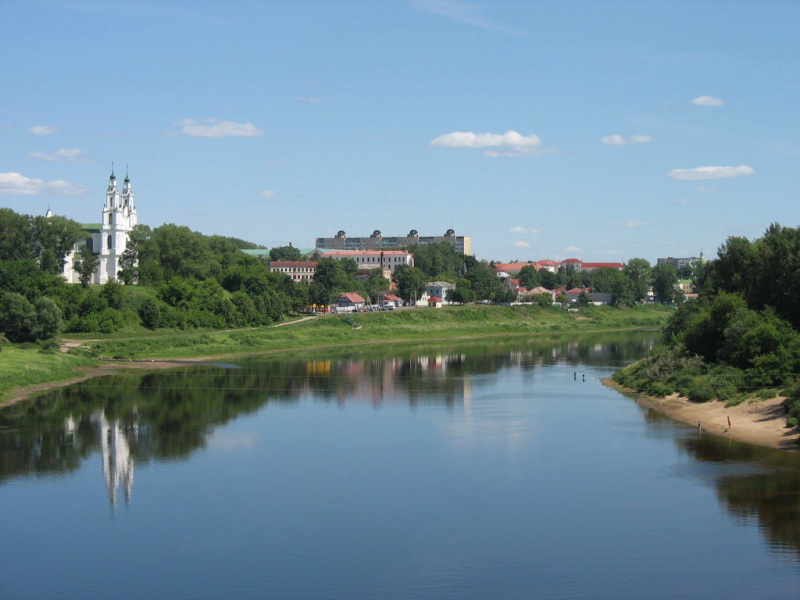History of Creation
The history of the Upper Castle dates back to the 11th century when, after the destruction of an ancient settlement on the Polota River, the construction of the detinets began in a new location. The choice of location was determined by its defensive properties: the area was surrounded by water barriers, making it convenient for defense. For several centuries, the castle remained the center of Polotsk, where princes, clergy, and craftsmen lived. Over time, with the development of military affairs, it lost its fortification significance and by the 18th century ceased to play a key role in the life of the city.
Architecture of the Castle
Initially, the Upper Castle was a fortified settlement, surrounded by ramparts and wooden walls. In the 16th-17th centuries, it housed up to ten towers, the largest of which was the Red (Royal) Tower. Besides it, there were wooden towers named Parade, Huska, New, Voivode, and others. Today, the wooden fortifications have not been preserved, but archaeological excavations show that the cultural layer of the castle is very rich and contains artifacts that tell about the life of ancient Polotsk residents, their crafts, and trade relations.
Tours with a Visit to the Upper Castle
The Upper Castle is a must-see on many tours across Belarus. Tourists can learn about the history of ancient Polotsk, see the St. Sophia Cathedral and the Boris Stone, as well as discover more about the life and culture of the medieval city. You can book a tour from Minsk, which allows for a comfortable trip to Polotsk and, with the guidance of an experienced guide, an exploration of its landmarks. The tours include a walk around the Upper Castle, visits to archaeological sites, and an overview of the preserved cultural monuments, allowing visitors to immerse themselves in the atmosphere of ancient Polotsk.
